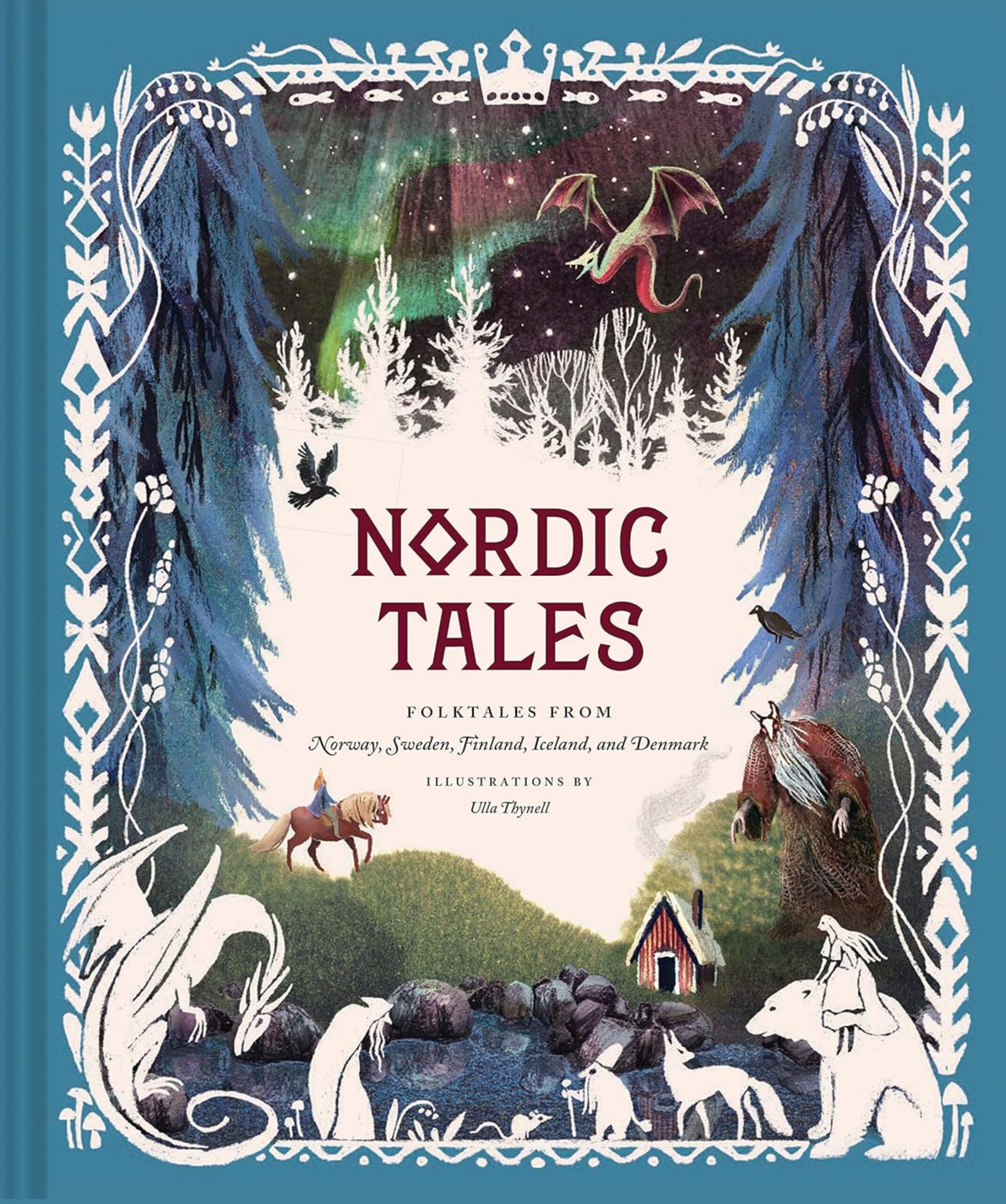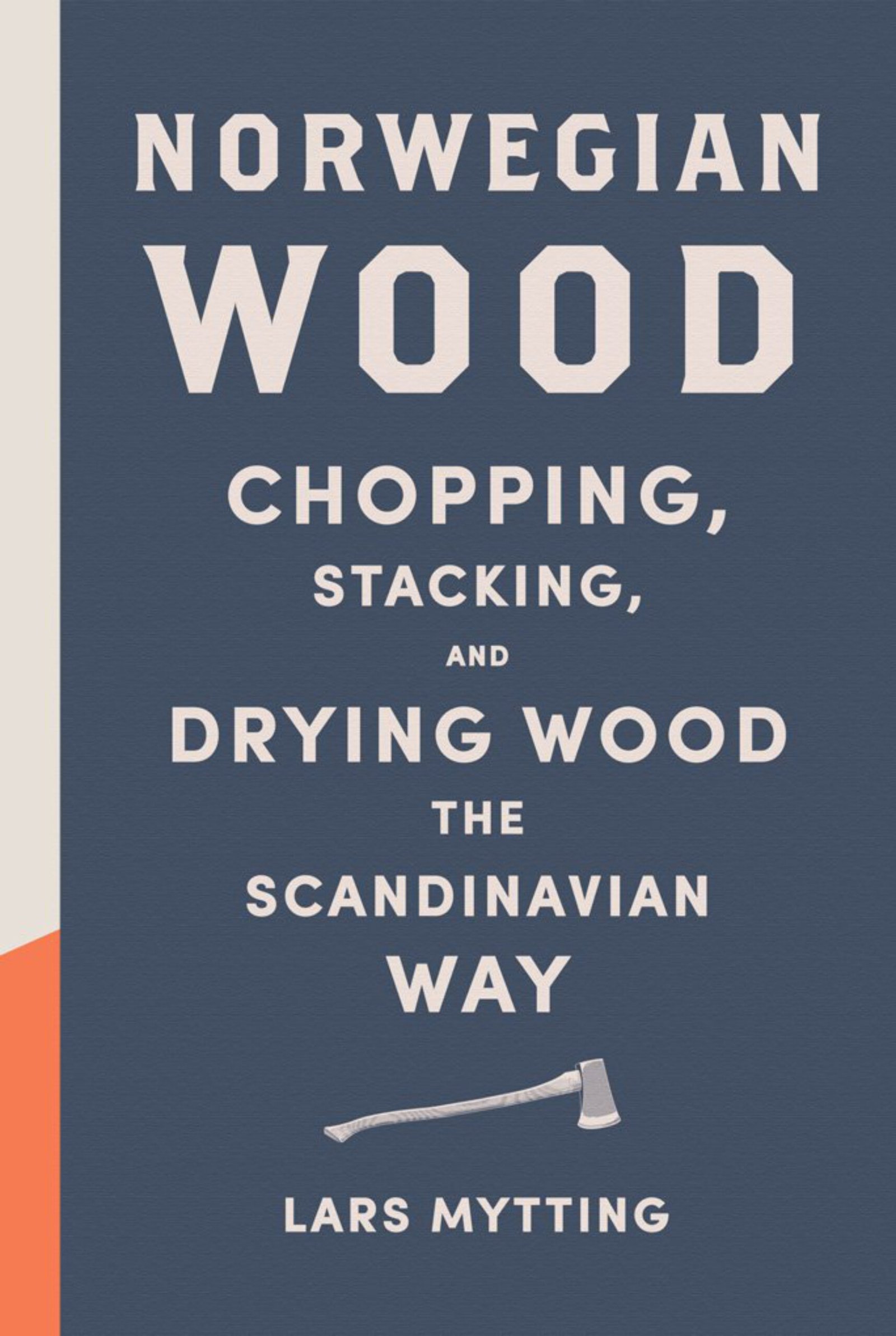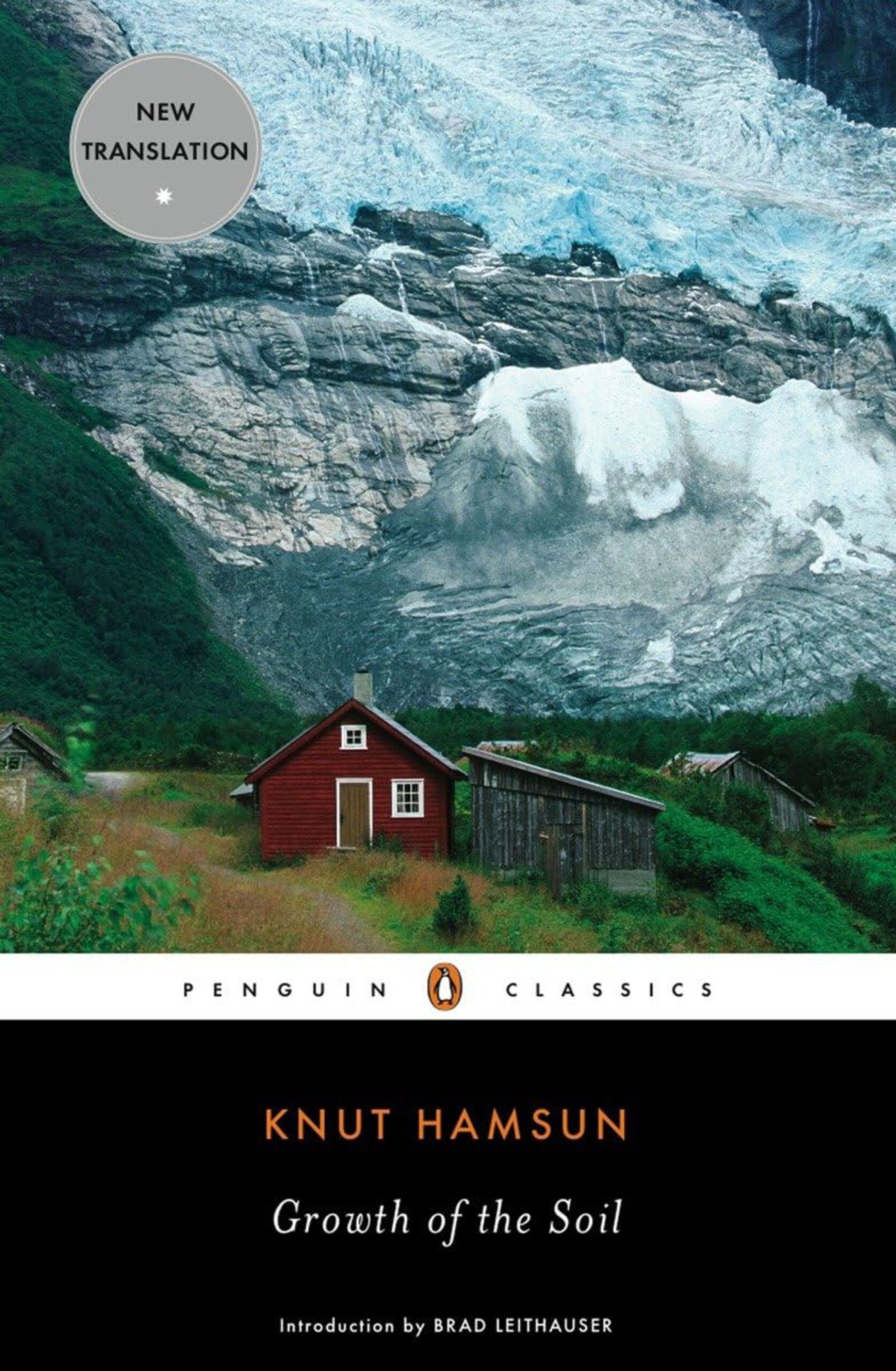Muskox fossils
In 1913, Norwegian railway workers found muskox ice-age fossils in the mountainous region of Dovre.
The fossils predated the time when the first humans appeared in this part of the world, which happened after the end of the latest ice-age, some 12,000 years ago.
The scientists do not believe that the muskox has existed in Scandinavia during the last 12,000 years.
The muskox species began its ancient existence in the temperate highlands of Central Asia. Later, it made the Arctic and the permafrost tundra its prime habitat.
Through the millennia, the muskox expanded its territories along the edge of the treacherous ice-age glaciers, across Europe, Asia, North America, and the island of Greenland.
Almost extinct
By the 1920s, the muskox had disappeared from most of these historical habitats and were almost extinct, except for some remaining herds in Arctic Canada and on Greenland’s tundra.
The Norwegians decided to help, and between 1924 and 1927, they moved 12 individuals from Greenland to the Norwegian island of Gurskøy. Sadly, they all died.
In 1932, enthusiasts tried again, and released 12 Greenland individuals at Dovre, but they were all illegally hunted and killed during World War II.
Between 1947 and 1953, there was a third and successful attempt, with 21 Greenland muskox individuals, again at Dovre.
Thriving
Despite some setbacks over the years, the animals have since survived, thrived, and multiplied. In 2019, the Dovre stock had 237 bulls, cows, and calves.
A few strays moved east to the regions of Femundsmarka and Härjedalen, on the border with Sweden, and settled there.
When visiting Norway, you can see the magnificent muskox in its natural habitat; but we strongly recommend that you do it via a guided tour.
A stressed muskox may attack and can be highly dangerous. Heed all local advice – and be safe rather than sorry.
Source: Lundh, Nils G. (ed). Moskus. Sør-Trøndelag fylke – Länsstyrelsen i Jämtlands län 1992. | EGP.00032





